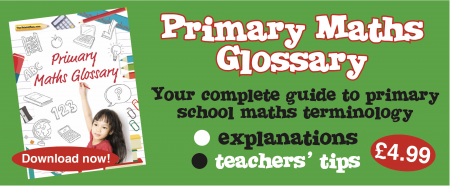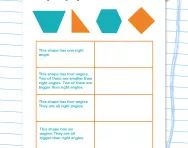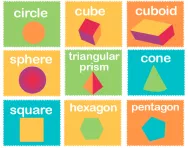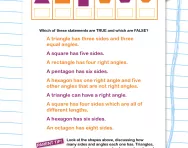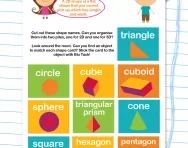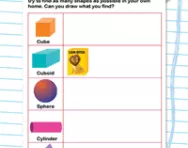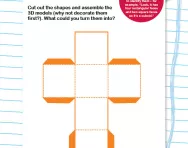Important update from TheSchoolRun
For the past 13 years, TheSchoolRun has been run by a small team of mums working from home, dedicated to providing quality educational resources to primary school parents. Unfortunately, rising supplier costs and falling revenue have made it impossible for us to continue operating, and we’ve had to make the difficult decision to close. The good news: We’ve arranged for another educational provider to take over many of our resources. These will be hosted on a new portal, where the content will be updated and expanded to support your child’s learning.
What this means for subscribers:
- Your subscription is still active, and for now, you can keep using the website as normal — just log in with your usual details to access all our articles and resources*.
- In a few months, all resources will move to the new portal. You’ll continue to have access there until your subscription ends. We’ll send you full details nearer the time.
- As a thank you for your support, we’ll also be sending you 16 primary school eBooks (worth £108.84) to download and keep.
A few changes to be aware of:
- The Learning Journey weekly email has ended, but your child’s plan will still be updated on your dashboard each Monday. Just log in to see the recommended worksheets.
- The 11+ weekly emails have now ended. We sent you all the remaining emails in the series at the end of March — please check your inbox (and spam folder) if you haven’t seen them. You can also follow the full programme here: 11+ Learning Journey.
If you have any questions, please contact us at [email protected]. Thank you for being part of our journey it’s been a privilege to support your family’s learning.
*If you need to reset your password, it will still work as usual. Please check your spam folder if the reset email doesn’t appear in your inbox.
What are the names of 2D and 3D shapes?
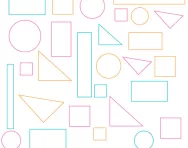
What are 2D and 3D shapes?
Throughout their time at primary school, children will be taught about various 2D (two-dimensional) and 3D (three-dimensional) shapes.
The first thing they need to learn is the difference between 2D and 3D shapes. Teachers will often talk about the fact that 2D shapes are 'flat' and 3D shapes are not. Children are expected to be able to name these shapes, and also discuss the properties of these shapes.
2D shapes
| Circle |  | Square |  |
| Triangle |  | Rectangle |  |
| Pentagon |  | Hexagon |  |
| Octagon |  | Nonagon |  |
3D shapes
| Cube |  | Cuboid |  |
| Sphere |  | Square-based pyramid |  |
| Cylinder |  | Triangular prism |  |
| Pentagonal pyramid |  | Hexagonal prism |  |
2D and 3D shapes in KS1
In Year 1, children need to be able to recognise and name:
- 2D shapes including rectangles, squares, circle and triangles
- 3D shapes including cubes, cuboids, pyramids and spheres
- sort, make and describe common 2D and 3D shapes
In Year 2 chidren need to be able to:
- identify and describe the properties of 2D shapes, including the symmetry and line symmetry
- identify and describe 3D shapes, including the number of edges, vertices and faces
- identify 2D shapes on the surface of 3D shapes
- compare and sort common 2D and 3D shapes
- understand that a right angle is a quarter turn and know whether the turn is clockwise or anti-clockwise
2D and 3D shapes in KS2
In Year 3, children need to:
- draw 2D shapes and make 3D shapes
- identify right angles and know that two make a half-turn, three make a three-quarter turn and four a complete turn
- identify horizontal and vertical lines and pairs of perpendicular and parallel lines
In Year 4, children need to:
- compare quadrilaterals and triangles, based on their properties and sizes
- identify acute and obtuse angles and compare and order angles
- identify lines of symmetry in 2D shapes
In Year 5, children need to:
- identify 3D shapes from 2D representations
- estimate and compare acute, obtuse and reflex angles
- draw given angles
- find missing lengths and angles of rectangles
- distinguish between regular and irregular polygons
Children who are in Year 6 need to:
- classify 2D and 3D shapes by talking about parallel and perpendicular edges and faces
- draw 2D shapes using given dimensions and angles
- recognise, describe and build simple 3D shapes, including making nets
- find unknown angles in triangles, quadrilaterals and regular polygons
- illustrate and name parts of circles, including radius, diameter and circumference, and know that diameter is twice the radius
Other 2D and 3D shape terms used in KS2
 | Equilateral triangle: A triangle with 3 equal sides and 3 equal angles. |  | Isosceles triangle: A triangle with 2 equal sides. |
 | Scalene triangle: A triangle with 3 sides that are all unequal. |  | Right-angled triangle: A triangle that has a right angle. |
 | Quadrilateral: A four-sided shape. |  | Rhombus: A quadrilateral with both pairs or opposite sides parallel and all sides equal length. (Differs from a square in that angles are NOT 90˚). |
 | Trapezium: A quadrilateral with one pair of parallel sides. |  | Parallelogram: A quadrilateral with both pairs of opposite sides parallel and both pairs an equal length. |
 | Kite: A quadrilateral with two pairs of sides that are same length. One pair of diagonally opposite sides is equal. |  | Polygon: A polygon is a 2D shape with straight sides. |
